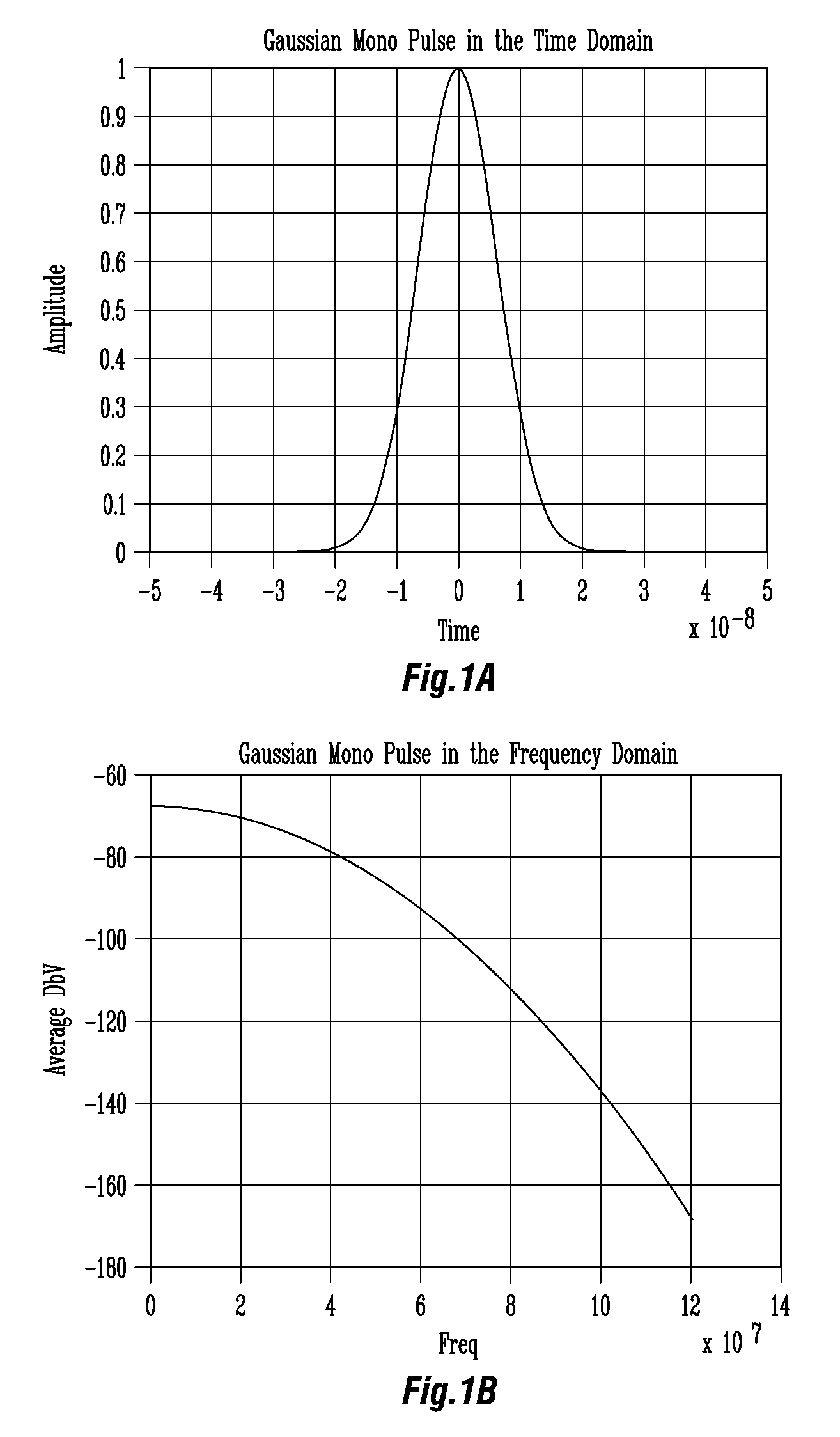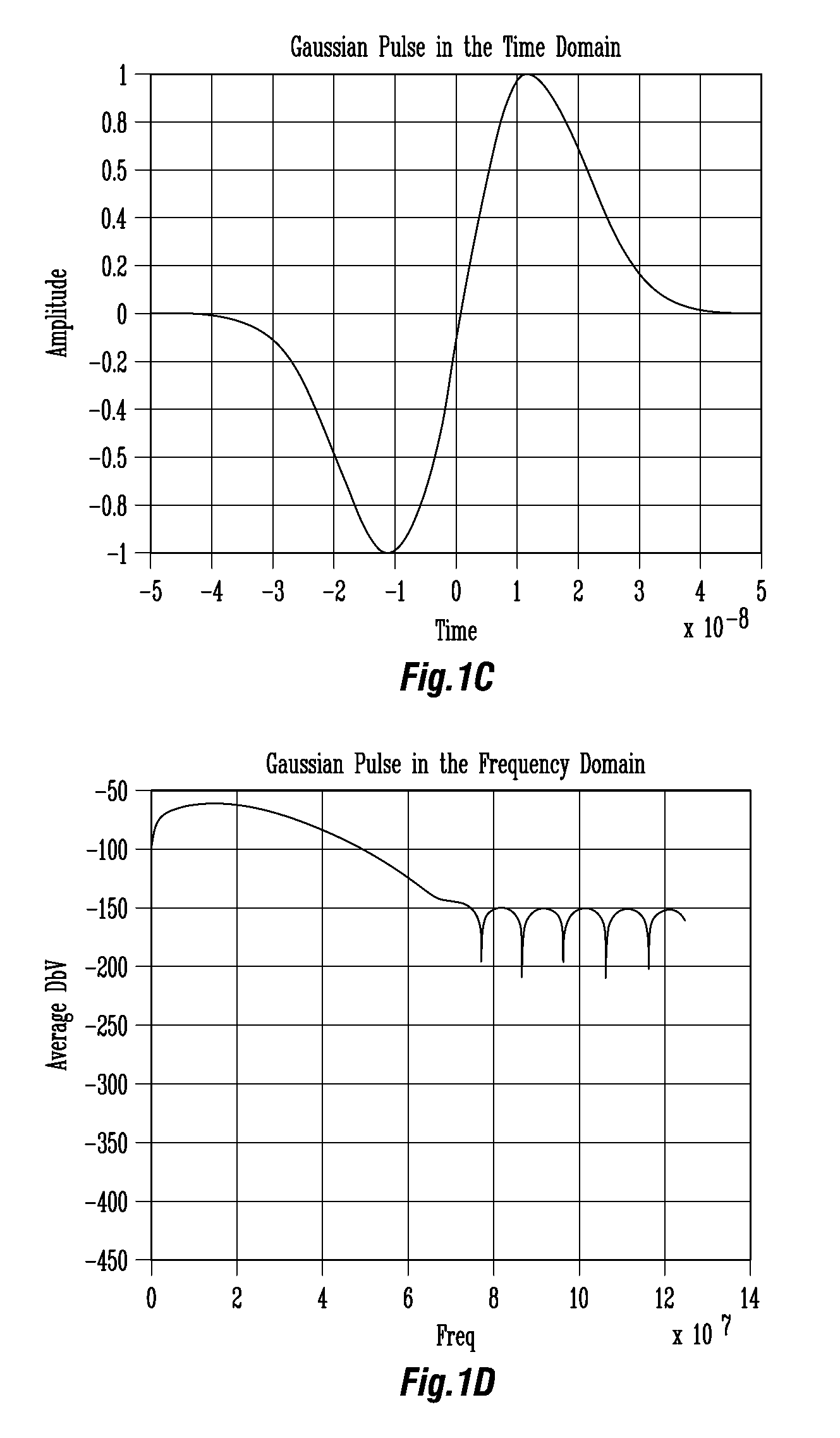The rise of
the Internet and networks has provided ubiquitous
connectivity for businesses and consumers alike, but are being constrained by the lack of true
broadband availability.
Initially,
Internet content was largely text-based and provided limited amount of services.
However,
the Internet has grown to provide more bandwidth intensive content filled with pictures,
graphics, and video clips.
Even though there is currently a glut of high-speed
fiber optic backbone capacity, with an overall
utilization rate of only 3% to 5%, the
access network, or what is commonly referred to as the “
last mile”, simply cannot keep pace with the need and desire for higher speed access to larger amounts of digital information.
However, the major impediment to the delivery of high-bandwidth
Internet content and services is the transmission constraints from the major Internet pipes to the customer's home or business, also known as the “
last mile.”
This technology is already having an influence on lowering the cost of long-haul transport, but has yet to make an
impact in “
last mile”
connectivity, largely due to the high cost of laying
fiber to the building.
Many private companies, universities and alternate carriers have deployed
microwave transmission services where it is not economically feasible to install
fiber or utilize transmission services from incumbent providers.
Microwave services face a number of challenges.
Secondly, service providers are restricted to bands of frequencies licensed / allocated by the government, and acquiring spectrum is an expensive proposition.
Finally, weather-related interference, particularly in the form of rain, can
impact service.
However, LMDS is a line-of-
sight technology, and is susceptible to rain fade.
This
delay can cause problems with real-time applications, such as voice, and other
delay sensitive applications, which may require spoofing to avoid unnecessary
retransmission.
However, the FCC has regulated UWB's effective operating range by limiting the overall power with which it can operate in air.
However, these systems are susceptible to
fog, which requires sophisticated auto
gain features, and closer spacing of the nodes in the network.
These systems are being limited in practice to distances of 700-1000 feet, which makes the cost of the network very expensive.
However, cross talk interference is the major problem for service providers using telephone
twisted pair for high-speed transmission.
Although Symmetricom's solutions are a
quantum leap in dedicated bandwidth of up to 15 Mbps, this is not enough to deliver a single uncompressed HDTV channel over long loop distances on the public switched
telephone network (PSTN).
Spectral management, particularly Dynamic Spectral Management (DSM), adds another layer of complexity to DSL and other telephone loop technologies.
However, due to CATV networks technology and standards constraints, CATV networks are rapidly running out of available bandwidth to service their customers.
However, the amount of cumulative bandwidth Chinook can squeeze out of a typical cable
plant is only 500 Mbps.
Although Chinook's technology is an improvement in bandwidth, it is not a significant enough for a typical shared
user environment provided by a CATV network, which may have as many as 750 to 1000 users on a node.
However, the Narad solution is costly because it requires a large
capital investment and only provides 1 Gbps of additional shared network bandwidth.
While this demonstrates a novel use of electrical power lines for
data transport, this technology in its current state is barely competitive with existing DSL services operating at 1 Mbps, and again, far below TechNet's recommendation to the government for 100 Mbps
connectivity to the home, or small business, by the year 2010.
However, the potential benefits of this technology are unproven in the field.
Data buses incorporate many different architectures and standards and their use as a
transmission medium is limited by their complexity and limited
data rate.
Although auto manufacturers are using
multiplex buses to interconnect sensors and devices, there remain a number of problems.
As a result, electronic-device manufacturers must design and build multiple versions of their products to attach to these various buses, which increase the manufacturing costs that are typically passed along to the
consumer.
This constraint does not allow for future “unplanned” or ad-hoc
electronics and features to be added by the manufacturer, the dealer or the customer.
However, this type of medium is challenging within an environment that generates large amounts of
signal noise, EMF, and other forms of electrical interference.
One of the problems with the
CAN bus is the electrical characteristics of the
CAN bus cable which restricts the cable length according to the selected
bit rate.
The problems related to designing and deploying high speed “last
mile” access networks, high speed LANs, and high speed data buses can be summarized by high costs, as with bringing fiber to the building, or co-habitation issues associated with DSL and other loop technologies, and the
physical limitations of sine oriented technologies to achieve high data rates over long distances on guided and non-guided mediums.
 Login to View More
Login to View More  Login to View More
Login to View More 


